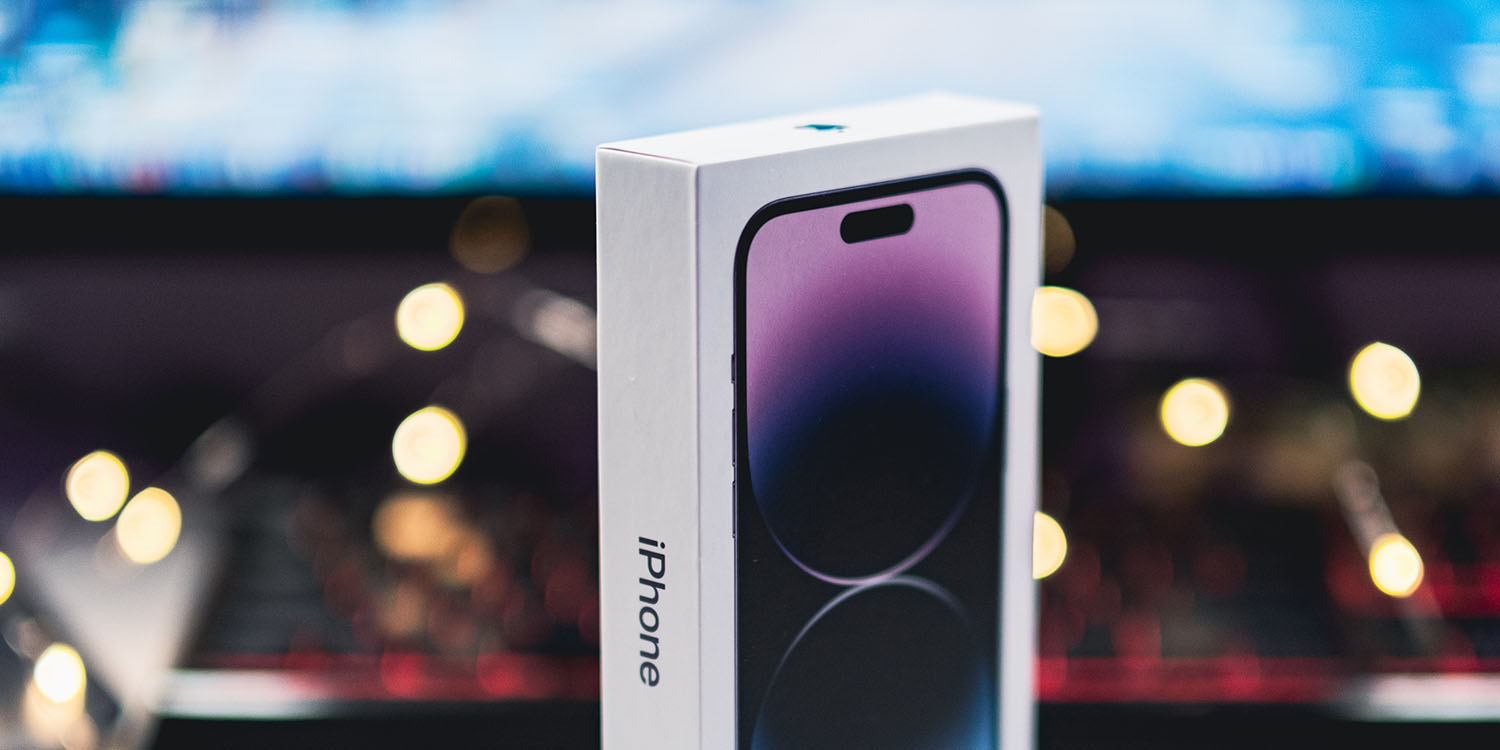
New data published by analysts at CIRP offers an interesting breakdown of where most consumers in the United States actually make their iPhone purchases. While you might be led to believe that Apple Stores are where most iPhones are purchased, that’s actually not the case…
According to the data, carrier stores, both physical and online, account for the majority of iPhone sales in the United States. Apple Stores are the second most common place people buy iPhones, while third-party retailer Best Buy makes up an even smaller percentage of sales. Here’s the full breakdown:
- Mobile carrier stores and online: 67%
- Apple Retail: 24%
- Other: 5%
- Best Buy 4%
That “Other” category includes third-party retailers like Walmart and Target, as well as independent retailers.
CIRP analysts say that more than 75% of iPhone sales in the United States being from “outside the Apple retail universe” should be viewed as a “weak spot for Apple.”
More than 75% of US iPhone sales are outside of the Apple retail universe and that is a weak spot for Apple. When a customer selects their new iPhone – the model, storage capacity, and even color – an event that only occurs every two or three or more years for most consumers, most sales are managed by a carrier salesperson or processed on a carrier website, all out of Apple’s careful control.
Of course, a carrier salesperson or website will direct customers to accessories and extended warranties, though they likely are not giving preference to Apple’s offerings as Apple certainly would.
9to5Mac’s Take
This data is surprising for a few different reasons. First, I would have expected Apple Stores and the Apple Store Online to account for a much larger percentage of sales than they apparently do.
Top comment by David Call
I'm confused. "Other" includes Best Buy but is 4% of sales volume, but Best Buy alone is 5% of sales volume?
One reason that carriers are so popular is likely because buyers assume they’ll have to interact with their carrier to move their service to a new iPhone, so they streamline the process by buying from the carrier directly.
Carriers are also more aggressive in advertising for a new iPhone, particularly around promotions. While Apple usually offers the same promotions, carriers have other ways of targeting potential iPhone buyers through email and texting.
Where do you usually buy your new iPhone from? Does this data from CIRP line up with what you would expect? Let us know down in the comments.
Follow Chance: Twitter, Instagram, and Mastodon
FTC: We use income earning auto affiliate links. More.


Comments